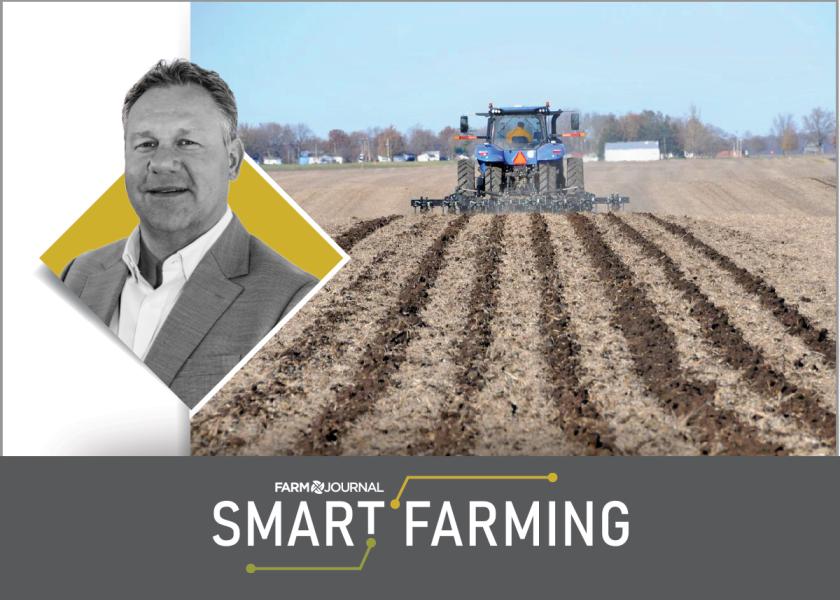How To Earn Passive Income With Sustainability Programs

By Darryl Matthews
Passive income is income acquired with minimal labor to earn or maintain, and it’s usually combined with another source of income. Rental income is the best-known example of this. There are several sustainability practices farmers can implement on the farm to begin to create their passive income.
Creating these payments requires effort and sometimes capital investments (no different than rental income, which requires both effort and capital investment).
Nitrogen Programs
Implementing a nitrogen management program is likely the most straightforward sustainability program to execute on the farm to create passive income. Truterra, Nutrien Ag Solutions and Indigo Ag all have nitrogen management programs farmers can implement to receive up to $5 per acre. They require a reduction in your total nitrogen applied and, in the case of Truterra, only farmland in Illinois, Indiana, Kentucky and Ohio is eligible.
A nitrogen management program might be easier to implement as it does not require significant capital investment or major changes in your farming practices. Adding nitrogen stabilizers, implementing variable rate fertilizer, or splitting the application of nitrogen can reduce and improve the available nitrogen for your crops.
To ensure you do not impact your yield, you should build a plan with your local adviser or agronomist to ensure you can qualify. Ask your local ag input retailer about nitrogen management programs.
Practice Change
Implementing no-till or strip-till on the farm as a sustainability practice can make you
eligible for certain USDA financial assistance program payments. For example, the USDA financial assistance program’s potential payout is currently $25 per acre for implementing no-till or strip-till on your operation.
There are many benefits to no-till, which come with time and effort; however, these practices take significantly more effort and capital investment. USDA Economic Research Service reports just 34.6% of U.S. cropland is farmed using no-till practices. Implementing no-till is harder and requires more effort to implement and maintain than some of the other options.
Carbon Credits
Qualifying for carbon credit programs is another sustainability practice that can create passive income. This requires effort and a close relationship with your carbon credit supplier.
There is potential to be paid $30 per acre from Truterra or Indigo Ag, but at the same time, this does require changes in farming practices, for instance, adding cover crops, reducing tillage and rotating crops.







